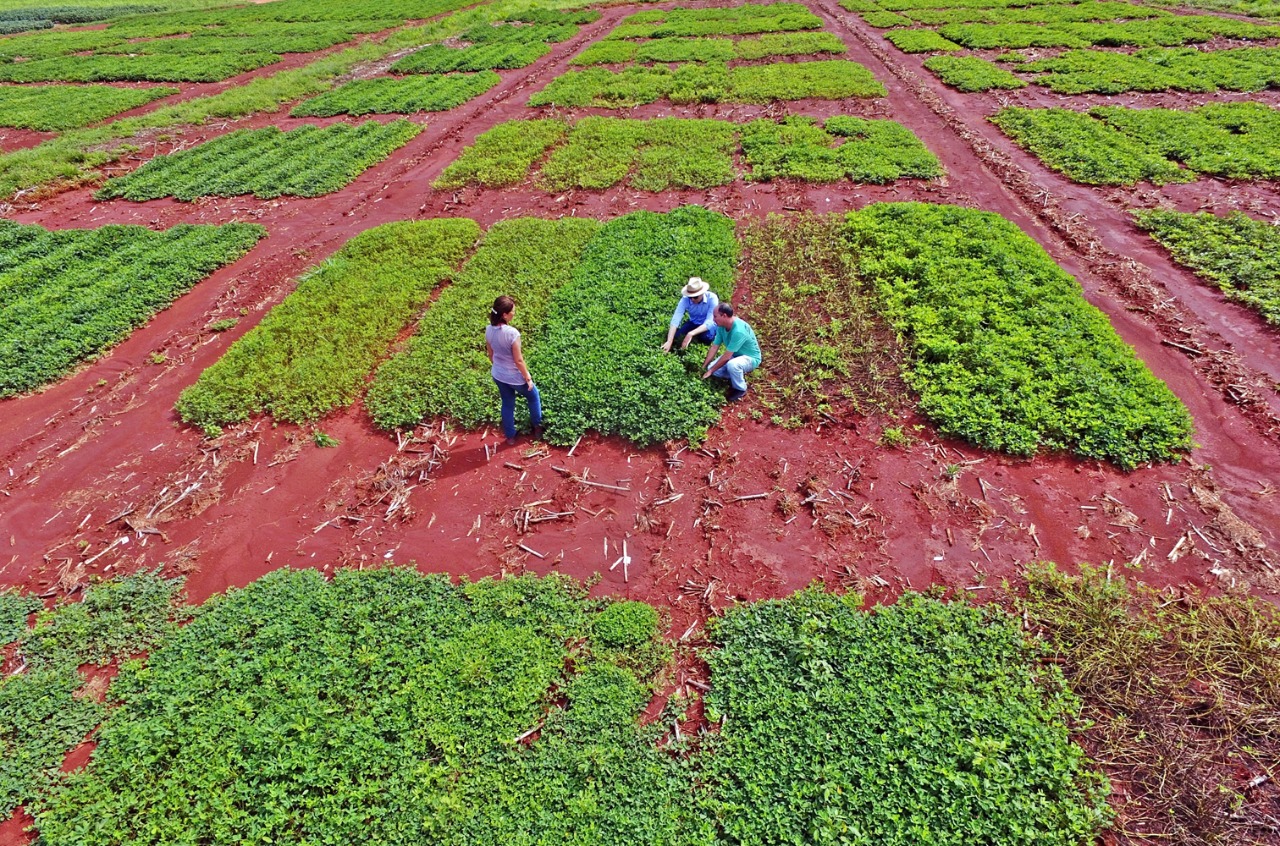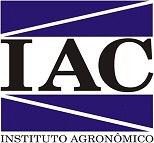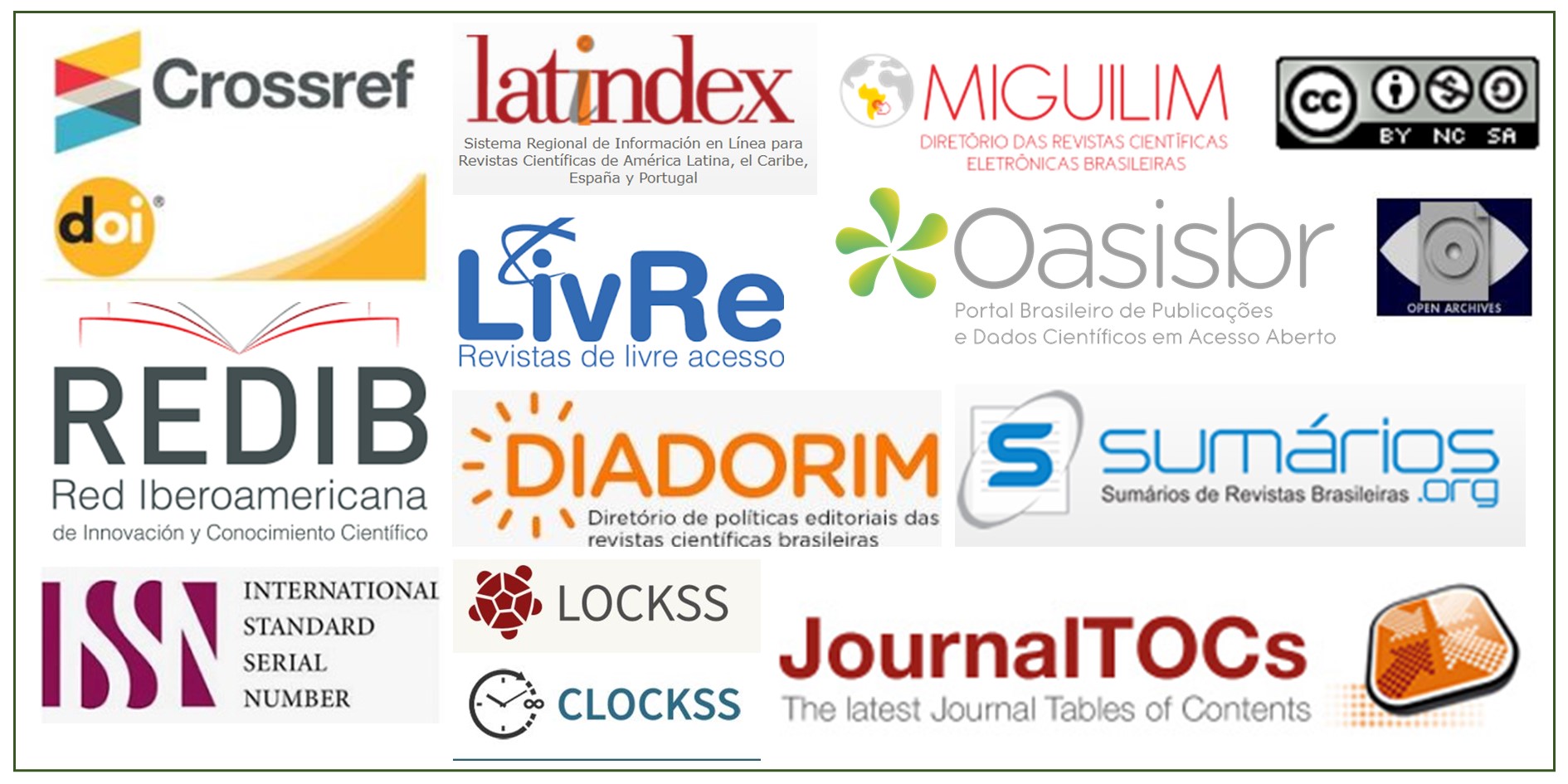Use of wild species as sources of resistance to leaf spots in peanuts
DOI:
https://doi.org/10.17648/sas.v1i2.25Keywords:
Arachis hypogaea L., Pre-breeding, Molecular markers, Synthetic allotetraploidsAbstract
ABSTRACT
Leaf spots epidemics cause intense defoliation of peanut crop, requiring chemical control with fungicides to avoid yield losses. Some wild species of the genus Arachis have resistance to leaf spots, being sources of resistance genes for introgression in cultivated peanuts. The main goal of this work was to evaluate resistance to leaf spots of progenies derived from resistant wild species in combination with cultivated genotypes, while detecting the presence of genomic segments associated with resistance genes from the wild species. The progenies were evaluated under favorable conditions for leaf spots epidemics with no fungicides sprays. Regular vegetative development, predominantly procumbent was observed in most of the progenies. Some plants in several plots exhibited symptoms of spotted wilt. The line 19-2673 exhibited the lowest severity value (2.94) presenting two segments with resistance genes from A. cardenasii with loci in homozygosis. As a reference, the cultivar IAC OL3, which obtained an average value of 8.88 and complete defoliation. Progenies 19-2675, 19-2674 and 19-2671 did not have complete defoliation of lower leaves, with all loci in heterozygosis. The progenies 19-2688, 19-2687, 19-2680 and 19-2679 did not present the segments of A. cardenasii and had higher intermediate severity and more intense defoliation of the lower and middle thirds of the plants. Progenies with higher severity and greater defoliation did not show the segments of A. cardenasii. Four interspecific progenies were identified, with higher levels of resistance to leaf spots, from the species A. magna, A. batizocoi and A. cardenasii.
Downloads

Downloads
Published
How to Cite
Issue
Section
License
Autores concordam com os seguintes termos:
a) Os autores mantêm os direitos autorais e concedem à revista o direito de primeira publicação, com o trabalho simultaneamente licenciado sob a LicençaAttribution-NonCommercial-ShareAlike 4.0 International, que permite o compartilhamento do trabalho com reconhecimento da autoria e publicação inicial na Revista SAS. A licença permite o uso, a distribuição e a reprodução irrestrita, em qualquer meio, desde que devidamente citada a fonte. Essa licença permite também que outros remixem, adaptem e criem a partir do seu trabalho para fins não comerciais, desde que atribuam a você o devido crédito e que licenciem as novas criações sob termos idênticos.
b) Não cabe aos autores compensação financeira a qualquer título, por artigos ou resenhas publicados na South American Sciences.
c) Os conceitos expressos nos artigos publicados na South American Sciences são de inteira responsabilidade de seus autores.








